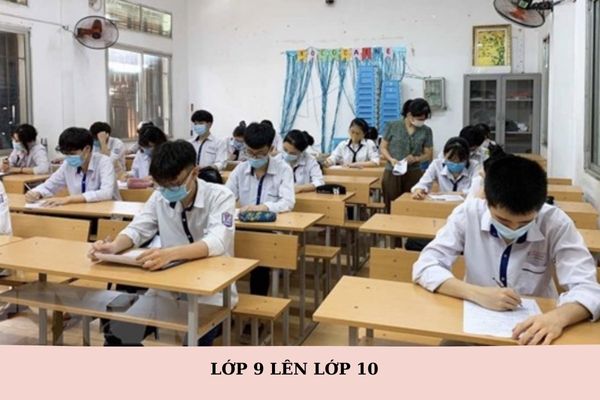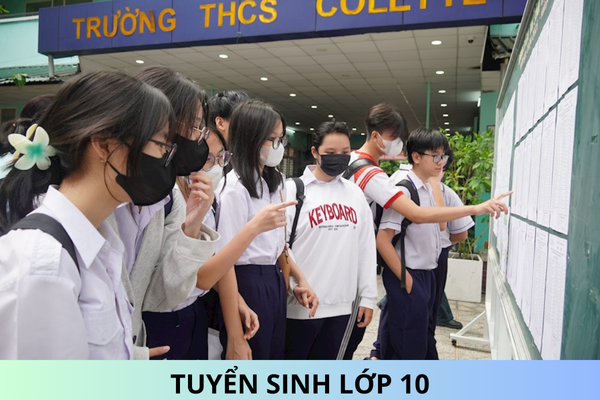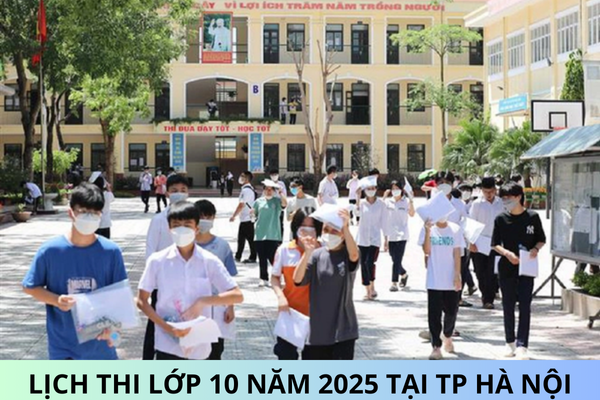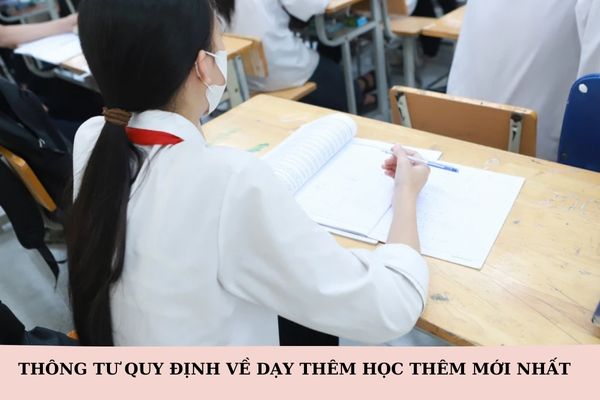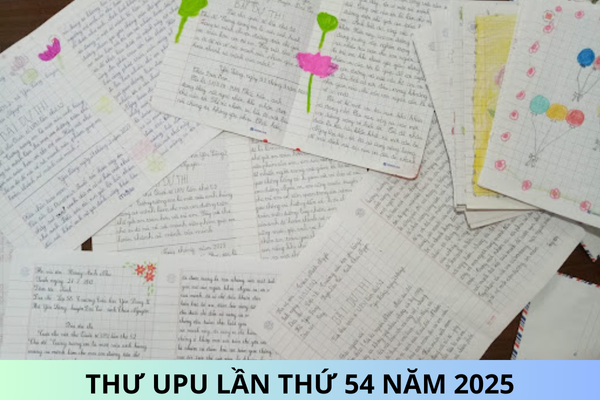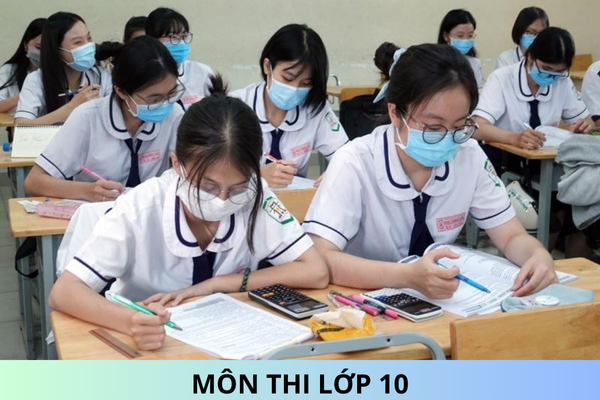What are the content and requirements of knowledge of physics on electric fields in the high school curriculum in Vietnam?
What are the content and requirements of knowledge of physics on electric fields in the high school curriculum in Vietnam? What are the content and requirements of knowledge of physics on electric current and network in the high school curriculum in Vietnam? What are the content and requirements of knowledge of physics on waves in the high school curriculum in Vietnam?
Thank you!
What are the content and requirements of knowledge of physics on waves in the high school curriculum in Vietnam?
Pursuant to Appendix I, the volume of knowledge of geography promulgated together with Circular 15/2022/TT-BGDĐT (takes effect from 24/12/2022) stipulating the content and requirements of knowledge of physics on electric fields in the high school curriculum in Vietnam as follows:
|
No. |
Content |
Requirements to be met |
|
|
9 |
Wave |
Description on wave |
- From the displacement - distance graph (created by experiment, or given figure), describe the wave through the concepts of wavelength, amplitude, frequency, speed and strength of wave. - From the definition of velocity, frequency and wavelength, the expression v = λf can be derived. - Apply the expression v = λf. - Give an example of a wave that transmits energy. - Use wave models to explain some simple properties of sound and light. |
|
Longitudinal and transverse waves |
- Observe images (or multimedia documents) about the motion of environmental elements, discuss to compare longitudinal and transverse waves. - Discuss to design the plan or select the plan and implement the plan, measure the frequency of sound waves by oscilloscope or practical tools. |
||
|
Electromagnetic waves |
- State that in a vacuum, all electromagnetic waves travel with the same speed. - List the order of wavelengths of the major radiations in the electromagnetic wave scale. |
||
|
Coherent wave interference |
- Perform (or describe) an experiment demonstrating coherent two-wave interference using a practical instrument using water waves (or light waves). - Analyze and evaluate the results obtained from the experiment, stating the necessary conditions to observe the interference fringe system. - Apply the expression i = λD/a for light interference through two narrow slits. |
||
|
Stationary wave |
- Perform a standing wave experiment and explain the formation of a standing wave. - Use the image (created by experiment, or given drawing), identify the node and belly of the standing wave. |
||
|
Measure the speed of sound |
- Discuss to design the plan or select the plan and implement the plan, measure the speed of sound with practical tools. |
||
What are the content and requirements of knowledge of physics on electric fields in the high school curriculum in Vietnam?
Pursuant to Appendix I, the volume of knowledge of geography promulgated together with Circular 15/2022/TT-BGDĐT (takes effect from 24/12/2022) stipulating the content and requirements of knowledge of physics on electric current and network in the high school curriculum in Vietnam as follows:
|
No. |
Content |
Requirements to be met |
|
|
10 |
Electric field (Electric field) |
Electric force between charges |
- Perform experiments or describe the attraction (or repulsion) of one charge to another by practical examples. - State Coulomb's law and state the unit for measuring electric charge. - Use the expression F = q 1 q 2 /4πε o r 2 , calculate and describe the force of interaction between two point charges placed in a vacuum (or in the air). |
|
Electric field concept |
- State the concept of an electric field as a force field created by an electric charge, a form of matter that exists around a charge and transmits interactions between charges. - Use the expression E = Q/4πε o r 2 , calculate and describe the electric field strength caused by a point charge Q placed in a vacuum or in the air at a point a distance r from it. - State the meaning of electric field strength and define electric field strength at a point as measured by the ratio between the force acting on a positive charge placed at that point and the magnitude of that charge. - Use an instrument to generate (or draw) an electroscope in some simple cases. |
||
|
Uniform electric field |
- Use the expression E = U/d, calculate the magnitude of the uniform electric field between two parallel charged plates, determine the force acting on the charge placed in the uniform electric field. |
||
|
Electric potential |
- Discuss through visual observation (or multimedia) stating that the potential at a point in an electric field characterizes the electric field at that point in terms of potential energy, which is determined by the work of moving a unit of charge positive from infinity to that point; The potential energy of a charge q in an electric field characterizes the ability of the electric field to do work when a charge q is placed at the point in question. - Apply the relationship of electric potential with potential, V = A/q; relationship between electric field strength and potential. |
||
|
Capacitors and Capacitance |
- Define capacitance and capacitance unit (fara). - Be able to apply (no setup required) the capacitance formula of series and parallel coupled capacitors. - Discuss to build the expression to calculate the capacitor energy. |
||
What are the content and requirements of knowledge of physics on electric current and network in the high school curriculum in Vietnam?
Pursuant to Appendix I, the volume of knowledge of geography promulgated together with Circular 15/2022/TT-BGDĐT (takes effect from 24/12/2022) stipulating the ontent and requirements of knowledge of physics on electric current and network in the high school curriculum in Vietnam as follows:
|
TT |
Content |
Requirements to be met |
|
|
11 |
Electric current and network |
Amperage |
- Carry out an experiment (or based on multimedia documents), stating the amperage that characterizes the strong and weak effect of the current and is determined by the electric charge passing through the straight cross-section of the conductor in a single unit. time taste. - Apply the expression I = Snve for current-carrying conductors, where n is the density of charge carriers, S is the straight cross-section of the wire, and v is the displacement speed of charge carriers e. - The unit of measurement of coulomb is defined as the amount of charge that passes through the straight cross-section of a conductor in 1 s when a current of 1 A flows through the conductor. |
|
Circuits and resistors |
- Define resistance, resistance measurement unit and state the main causes of resistance. - Draw and discuss the I - U characteristic curve of a metal conductor at a given temperature. - Briefly describe the effect of temperature on the resistance of incandescent lamps, thermistor (thermistor). - State Ohm's law for metallic conductors. - Define electromotive force through the energy of moving a unit charge in a closed loop. - Describe the effect of the internal resistance of the power source on the potential difference between the two terminals of the source. - Compare electromotive force and potential difference. - Discuss to design the plan or select the plan and implement the plan, measure the electromotive force and internal resistance of the battery or battery (battery or accumulator) with practical tools. |
||
|
Electric energy, electric capacity |
- State the electrical energy consumed by the circuit as measured by the work done by the electric force when moving the charges; electrical energy consumption of a circuit segment is the electrical energy that the circuit consumes in a unit time. - Calculate the electrical energy and power consumption of the electrical energy of the circuit. |
||
Best regards!


